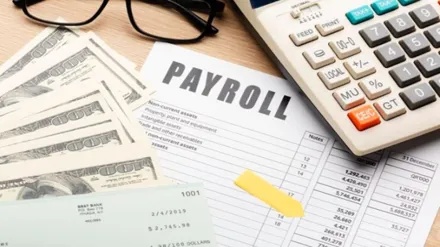
Diwali DA Hike and the End of 7th Pay Commission Era
Central government employees and pensioners are set to receive a 3% dearness allowance (DA) increase for the July-December 2025 cycle, raising the DA from 55% to 58%. This marks the final adjustment under the 7th Central Pay Commission (CPC), which concludes its tenure on 31 December 2025. The decision underscores the government’s commitment to addressing inflationary pressures, though the hike is significantly lower than the 6th CPC’s last DA adjustment in 2015. The 7th CPC’s recommendations, which have been in effect since 2016, now face scrutiny as their impact appears to have plateaued. While the increase is expected to provide temporary relief during festive seasons, experts warn that it may not fully offset rising living costs. The delayed implementation of the 8th CPC further complicates the outlook for long-term salary adjustments.
Comparative Analysis of Pay Commission DA Trends
A historical review of DA trends reveals stark differences between the 6th and 7th CPCs. The 6th CPC, operational from 2006 to 2015, ended its tenure with a DA of 119%, reflecting a more aggressive approach to inflation adjustments. In contrast, the 7th CPC’s final DA of 58% has sparked debates about the effectiveness of its recommendations. The 5th CPC’s approach, which tied DA to basic pay once it reached 50%, resulted in a lower cap of 41% by 2005. These variations highlight the evolving priorities of successive pay commissions. Critics argue that the 7th CPC’s DA adjustments have failed to keep pace with inflation, leaving employees with limited financial cushioning. The disparity between these periods raises questions about the sustainability of current compensation strategies.
DA Calculation Mechanism and CPI-IW Index Dynamics
The dearness allowance is determined biannually based on the All India CPI-IW index, with adjustments made every six months. For the July-December 2025 cycle, the average CPI-IW of 143.6 during the previous period led to the 58% DA calculation. This methodology ensures that allowances are aligned with inflationary trends, though the exact formula remains a subject of discussion. The 7th CPC’s final DA calculation appears to reflect a more conservative approach compared to its predecessor. Analysts note that while the CPI-IW index provides a benchmark, the actual DA increases often lag behind inflation rates. This discrepancy has prompted calls for a more transparent and responsive adjustment mechanism, particularly as the 8th CPC’s delayed implementation continues to affect long-term planning.
Delays in 8th Pay Commission and Employee Relief Measures
The postponement of the 8th Pay Commission’s implementation, originally slated for 2026, has raised concerns about the future of salary adjustments. With the Terms of Reference yet to be finalized and key appointments pending, the commission’s recommendations may not materialize until 2027 at the earliest. This delay has left employees reliant on periodic DA increases as their primary form of financial relief. Despite the postponement, the government has assured that any new recommendations will have retrospective effect once implemented. This policy ensures that employees benefit immediately from changes, though the lack of a comprehensive salary framework continues to challenge long-term financial planning. The situation highlights the critical need for a more streamlined and timely pay commission process to address evolving economic conditions.
Broader Implications for Public Sector Compensation
The DA adjustments under the 7th CPC have broader implications for public sector compensation strategies. While the 3% increase offers temporary relief, it underscores the growing gap between employee salaries and inflationary pressures. The comparison with the 6th CPC’s 2015 adjustment reveals a significant decline in purchasing power, raising questions about the effectiveness of current compensation policies. As the 8th CPC’s timeline remains uncertain, the focus shifts to short-term measures to mitigate financial strain. This situation highlights the need for a more dynamic approach to salary adjustments that can adapt to changing economic conditions. The delayed implementation of the 8th CPC may further exacerbate challenges, emphasizing the importance of timely reforms to ensure fair compensation for public sector workers.




